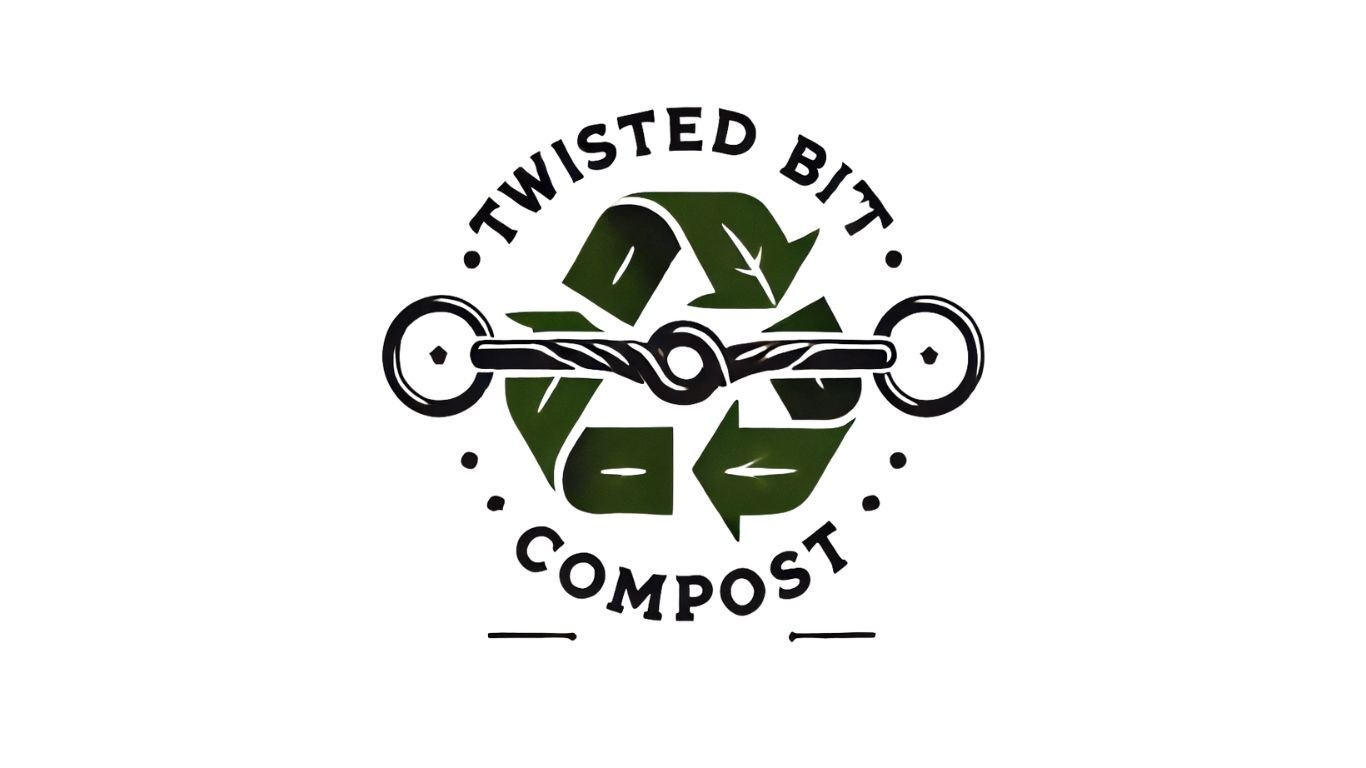Test Results P2-1
Manure to Soil it is a process
Horse Manure Analysis Report Evaluation
Sample ID: P2-O-V1
Manure Type: Horse Manure (Solid with Bedding)
Moisture Content: 70.46% (High)
Solids Content: 29.54%
Key Nutrient Analysis
Total Nitrogen (TKN)0.522%10.43.0 Low – Mostly organic, slow-release.
Ammonium Nitrogen (NH4-N)0.060%1.21.2Readily available but minimal.
Organic Nitrogen (N)0.462%9.21.8Slow-release over time.
Phosphorus (P2O5 equivalent)0.095%4.34.3Low to Moderate.
Potassium (K2O equivalent)0.562%13.513.5Good source of potassium.
Sulfur (S)0.04%0.90.4Minimal amount.
Magnesium (Mg)0.12%2.41.3Low but present.
Calcium (Ca)0.31%6.33.4Moderate.
Sodium (Na)0.03%0.6-Low salt risk.
Copper (Cu)9.6 ppm<0.1<0.1Minimal amount.
Iron (Fe)111 ppm0.20.1Moderate iron content.
Manganese (Mn)43 ppm0.10.1Low to moderate
Zinc (Zn)19 ppm<0.1<0.1Minimal amount.
Key Observations & Recommendations
Phosphorus & Potassium
Moderate phosphorus (4.3 lbs/ton) – Enough for most plants.
High potassium (13.5 lbs/ton) – Good for root and fruit growth.
Recommendation: Works well for fruiting crops (apples, tomatoes, etc.).
Micronutrients
Iron and Manganese are moderate – Supports plant health.
Zinc and Copper are low – No toxicity risk.
Recommendation: Not a strong micronutrient source; supplement as needed.
Best Uses for This Manure
✅ Soil Amendment for Organic Matter & Water Retention
✅ Good for potassium-loving plants (fruits, flowers, root crops)
✅ Blends well with compost to balance nitrogen
✅ Improves soil structure but should be aged or mixed with high-N material
Soil Test Results
Sustainable soil with a Twist
Soil Test Report Analysis for P1-36
Field: P1-36
Sample ID: P1-36-V1
Lab Number: 20339
Date Reported: 03/12/2025
Location: St. Johns, MI
Report For: Twisted Bit Compost
Key Soil Properties & Nutrient Levels
pH (Soil/Buffer)8.2Alkaline – High pH can reduce nutrient availability.
Organic Matter (%)31.8Very High – Good for soil structure and water retention.
CEC (meq/100g)54.2High – Indicates good nutrient-holding capacity.
Macronutrients
Phosphorus (Bray-1 Equiv)2555Very High – No need for additional phosphorus.
Phosphorus (Bray P2)2569Very HighPotassium (K)1815Very High – No need for more K.
Magnesium (Mg)6500Very High – Excess Mg may affect calcium uptake.
Calcium (Ca)8.2% saturationBalanced – Good Ca levels.
Sulfur (S)31Adequate – No deficiencies.
Micronutrients
Zinc (Zn)55.8Very High
Manganese (Mn)42Very High
Iron (Fe)3Low – May need supplementation.
Copper (Cu)1.2Low – Could require amendment.
Boron (B)10.0Adequate
Cation Saturation (Nutrient Balance)
Potassium (K)12.2% (Target 3-5%) High – No additional K needed.
Magnesium (Mg)27.9% (Target 10-20%) High – May impact calcium availability.
Calcium (Ca)59.9% (Target 60-80%) Slightly Low – Consider minor Ca addition.
Analysis & Recommendations
pH Concerns: The soil pH is quite high (8.2), which could reduce availability of some nutrients like iron, manganese, and copper. Consider sulfur amendments or acidifying fertilizers if pH correction is needed.
High Phosphorus & Potassium: No additional phosphorus (P) or potassium (K) is required, as levels are already excessive.
Iron & Copper Deficiencies: Consider applying iron sulfate or chelated iron, and possibly supplementing with copper.
Magnesium Excess: Since magnesium is high, avoid Mg-rich fertilizers and ensure sufficient calcium for balance.
High Organic Matter: Excellent for soil structure and nutrient retention, but decomposition rates should be monitored.



